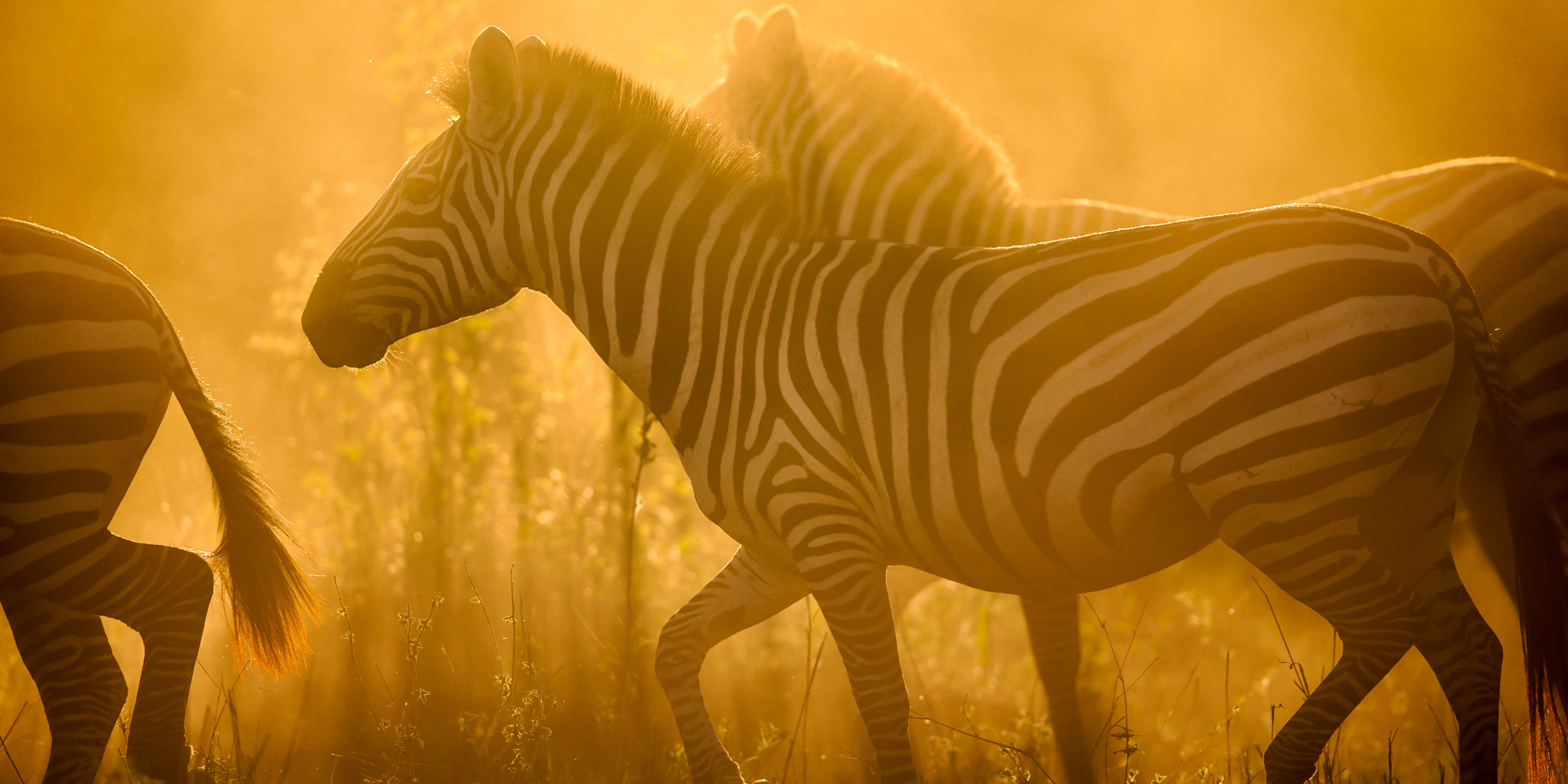Founded in 2012 Yellow Zebra Safaris is a multi-award-winning safari company based in London, United Kingdom. Set up by childhood friends Rory Walker and Julian Carter-Manning, Yellow Zebra specialises in luxury and adventure-rich safaris across the entirety of 'Safari Africa'.
The focus at 'YZ' is on exceptional levels of expertise, equally high levels of customer service, and authentic, conservation-focused safaris. It is an approach that has resulted in our recognition within the industry as a leader in our field and seen us voted as Europe's Leading Safari Company at the World Travel Awards for nine years running.
Our team is made up of professional safari guides, camp managers, and people who were born and raised in Africa. They have lived and breathed safaris whilst working for the best companies in the business. It is ultimately their experience that guarantees our clients the very best safari design.
In 2021, Rory handed the reins to Julian as managing director and left the herd to pursue new ventures.
 UK / International
UK / International
 USA
USA
 CA
CA
 Australia
Australia















